
Electric Vehicles, Artificial Intelligence, and Data Centers Will Drive Demand
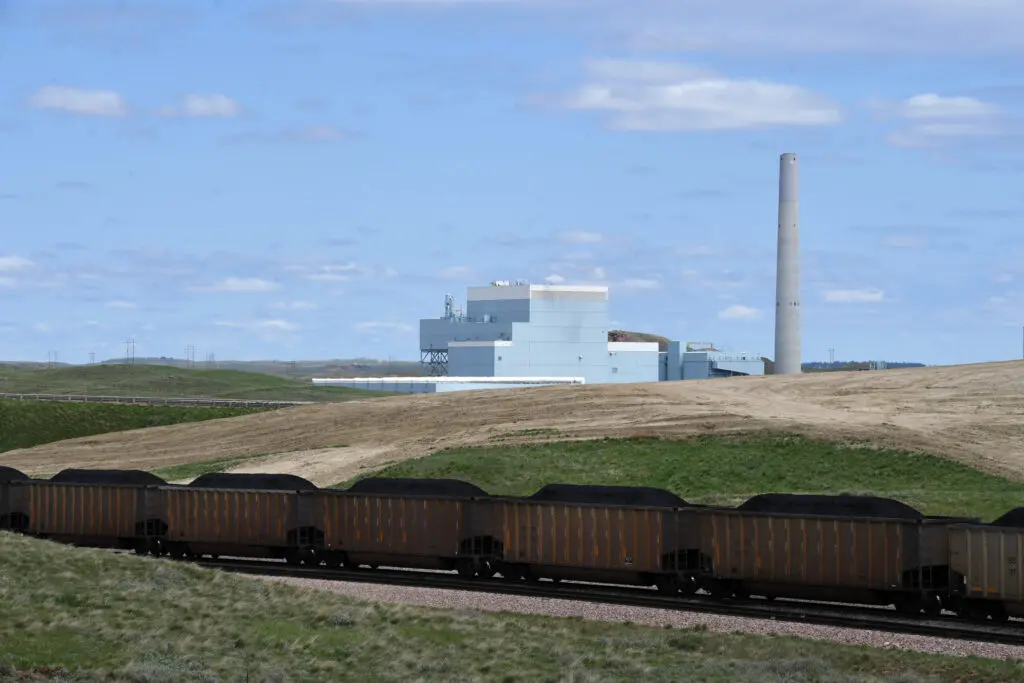
The demand for electricity in the United States is increasing and is expected to continue growing in the coming decades. The power grid is not ready for this. Billions of dollars need to be spent on new power plants, transmission lines, substations, distribution lines, transformers, and control centers. Prepare for higher prices.
- 2022 In 2022, the US consumed 4.07 trillion kWh of electricity, the highest amount ever recorded. This was 14 times more than the amount of electricity used in 1950.
- 2024-2050 Electricity use in the US is projected to increase by about 27% from 2022 to 2050, reaching 5,178 terawatt hours (1 terawatt is one trillion watts.)
- 2023-2030 The build-out of data centers and the increased adoption of electric vehicles is expected to add 290 terawatt-hours of new demand by 2030.
As of September 2024, the United States has 204 coal-fired power plants. The number of coal-fired power plants in the U.S. has been declining since the 2010s due to:
- Competition from other energy sources. Cheaper and cleaner natural gas, as well as renewable power, have become more available.
- Environmental regulations. The Environmental Protection Agency has implemented restrictions to reduce mercury pollution, smog, and global warming.
- Plant age. Many coal plants are over 50 years old and are being replaced or converted to burn natural gas.
According to the Institute for Energy Economics and Financial Analysis (IEEFA), the U.S. is on track to close roughly half of its coal-fired generation capacity by 2026. Around 173 coal-fired units are scheduled to close between now and 2030, impacting 33 states across the country; this closure trend reflects the aging of the U.S. coal fleet. New natural gas plants will replace some of the lost generating capacity. For comparison, China is building coal-fired plants at the rate of two per week!
Countries and territories with the most significant number of operational coal power plants worldwide as of July 2024
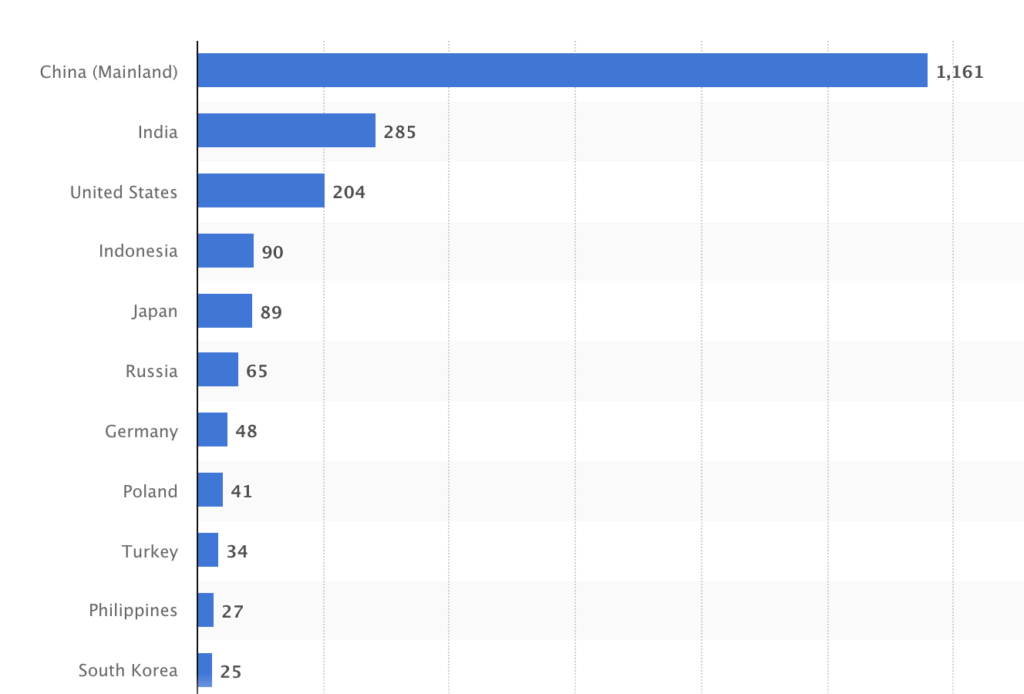
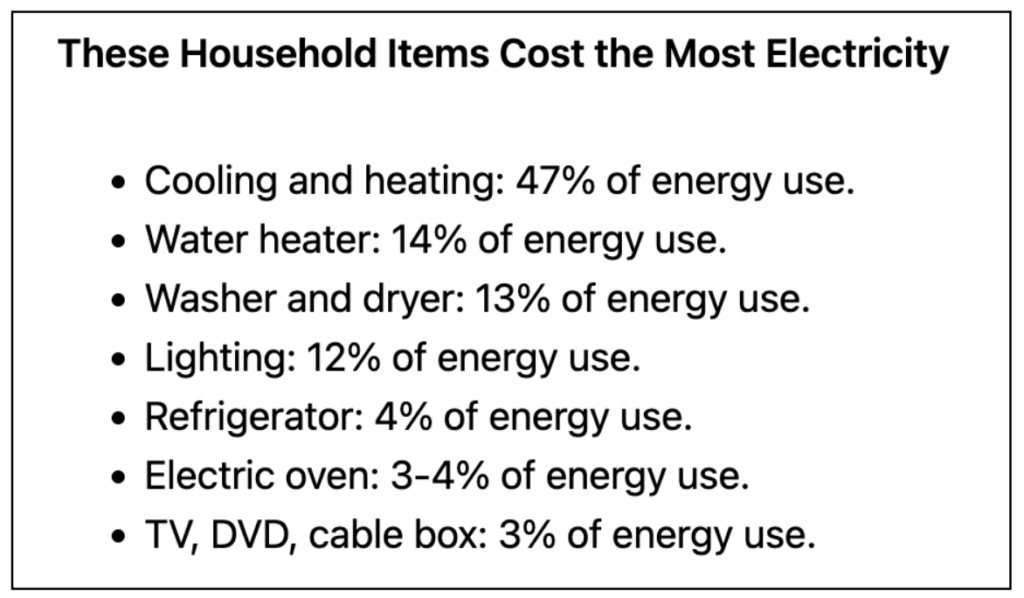
- According to a report from Grid Strategies, the U.S. electric load is growing significantly faster than grid planners previously expected, led by new manufacturing and industry and the growth of data centers. Electrification, hydrogen production, and severe weather are also contributing.
- Reports filed this year with the Federal Energy Regulatory Commission show grid planners expect nationwide electricity demand to grow 4.7 % over the next five years. Peak demand is expected to grow 38 GW over the next five years.
- The electric grid “is not prepared for significant load growth,” the report concludes. “Low transfer capability between regions is a key risk for reliability if load growth outpaces deployment of new generation in some regions.”
Nearly halfway through a decade deemed critical for slowing climate change, US utilities and investors plan to add 133 new natural gas-fired power plants to the nation’s grid, according to S&P Global Market Intelligence data.
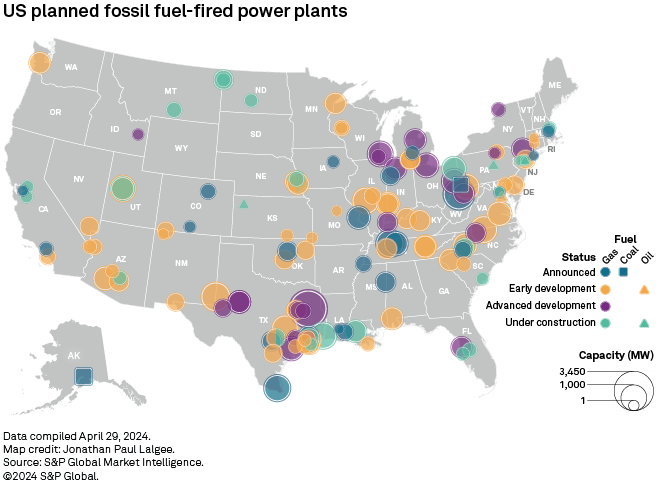
How long does it take to build a new electrical generation plant?
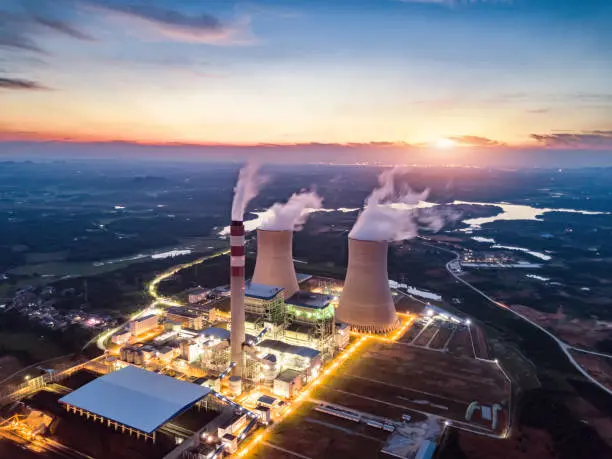
A new nuclear plant can take a decade or more to build. As of May 2024, no new nuclear plants are under construction. A plant using fossil fuels can take seven years to build.

We Can Expect Our Electrical Bills To Climb Higher
Have you ever known the electric utility company to lower rates? No, and do not expect the future to be any different. The average electrical utility bill in the U.S. is between $115 and $160 per month. For a state-by-state rundown, check this out.
Since 2019, electricity bills are up 29%. That’s in just five years. The growth in rates is anticipated to grow between 5-7% each year. That means that in 10 years, your electric bill will double. All of this, of course, depends upon the continued growth in demand created by electric vehicles and data demand. No new nuclear plants will be on line in the next ten years. We will close more electric generating plants than we are building. Demand will grow by 10-20% in just the next five years. Future plans for increased capacity rely heavily upon renewable sources, and those sources are substantially more expensive.

Renewables such as solar and wind won’t help much.
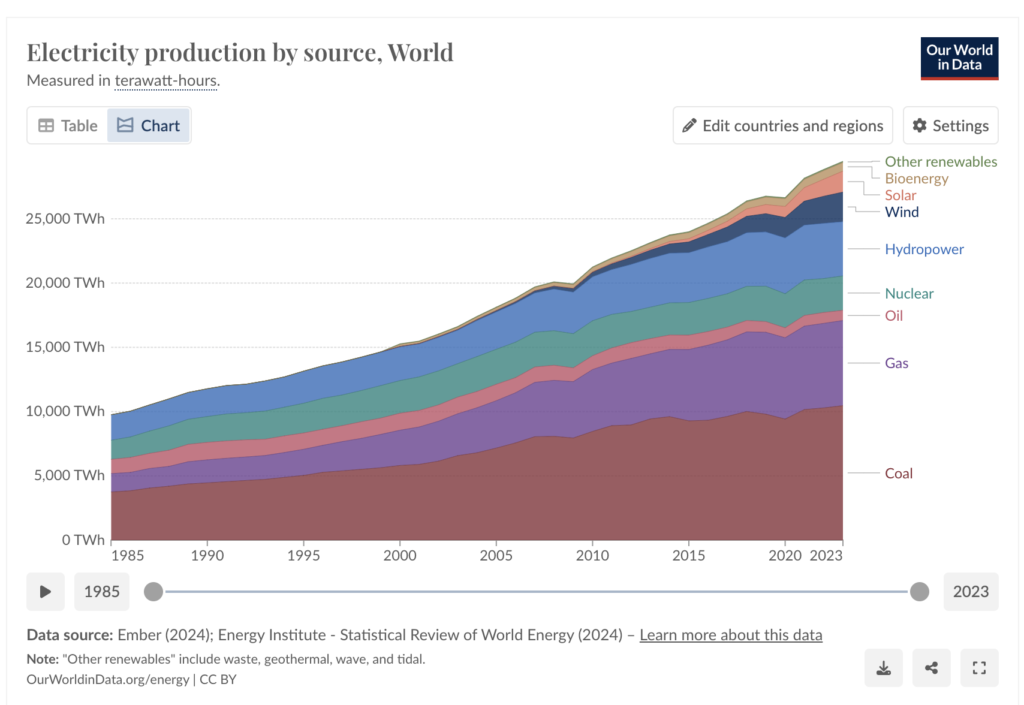
Solar and wind power account for a tiny percentage of total power production. Both are also non-continuous sources of energy — no sun or no wind means no power generation. We cannot count on that energy being available when we need it. In 2023, wind power accounted for 10.2% and solar 3.9% of all electricity generated.

Welcome to 3-Minutes A Day University, where you can learn a little about a lot of things every day in three minutes or less. We help you expand your knowledge and understanding of the real world, and 3-MAD University is tuition-free. Our wide-ranging syllabus includes a fascinating insight into topics including Health and Medicine, Science, Sports, Geography, History, Culinary Arts, Finance and the Economy, Music and Entertainment, and dozens more. You will impress yourself, your friends, and your family with how easy it is to learn facts and perspectives about the world around you. One topic you will never find covered is politics. We hope you enjoyed the previous three minutes. If you liked this post, please pass it along to a friend.
Was this email forwarded to you? Subscribe Here.
© Copyright 2024. 3-Minutes A Day University All Rights Reserved. Unsubscribe

